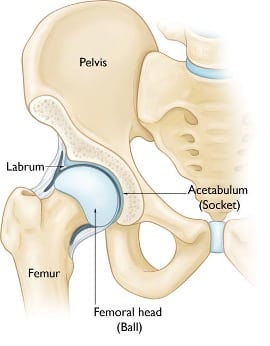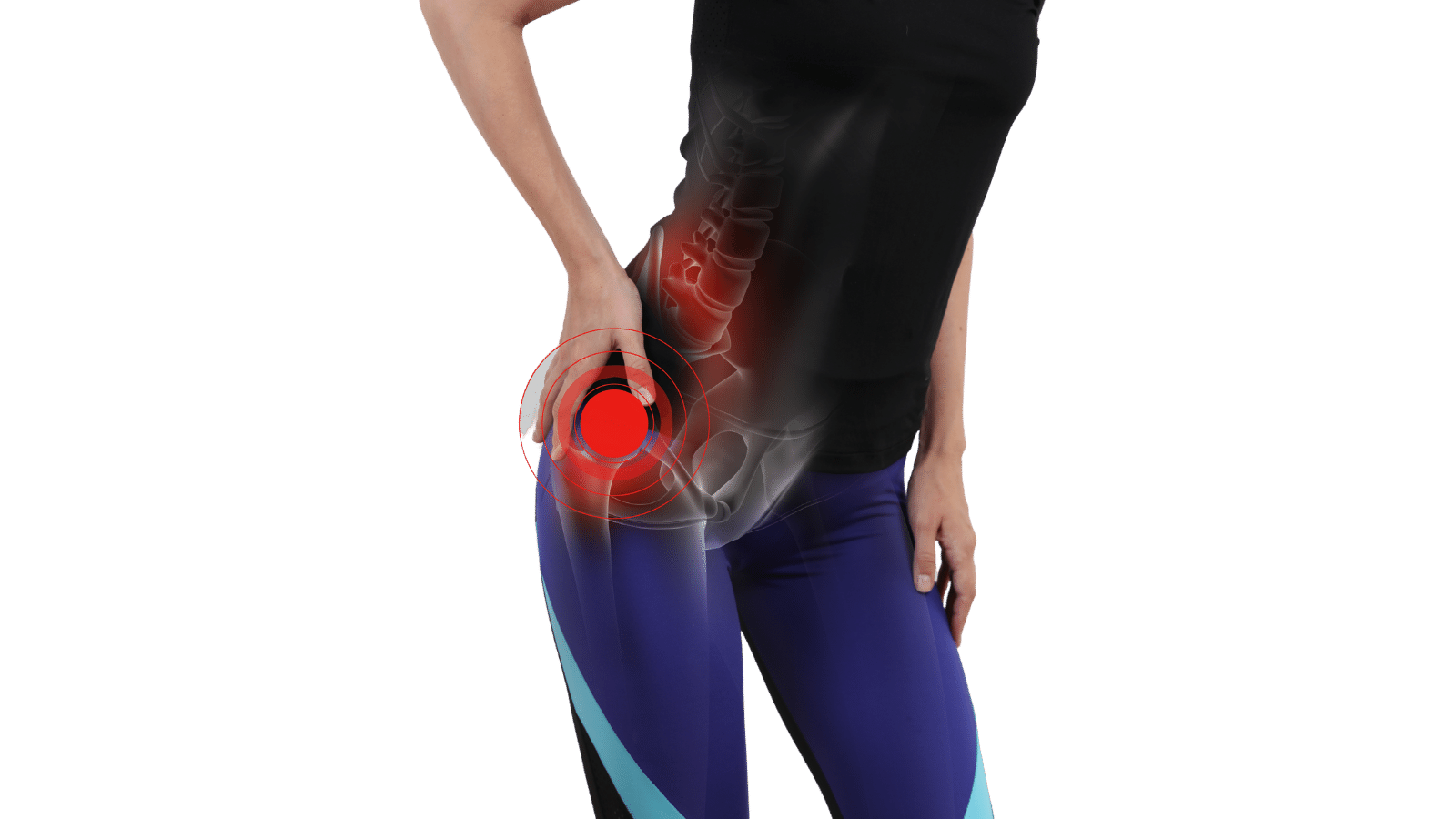Hip Labral Tears & Injuries
Much like the shoulder the hip is a ball and socket joint, designed for mobility. Fortunately, it is inherently more stable than the shoulder joint, as the socket of our hip joint is deeper, with an array of extremely strong ligamentous structures securing the hip in place and stabilizing it. An important structure within the hip is the acetabular labrum, this fibrocartilaginous structure that plays an essential role in supporting the hip through increasing joint congruency and surface area, creating a suctioning effect from the negative intraarticular pressure and aids in lubrication of the hip joint by retaining fluid and allowing smooth movements; along with few other things like shock absorption and pressure distribution. When we have a hip labral tear, this can cause significant hip pain and affect the proper biomechanical functioning of the hip joint.
Hip Labral injuries are not uncommon and can happen in many ways, some of these include:
- Direct trauma, such as falling on the hip, car accidents.
- Sports that require repetitive movements particularly external rotation and hyperextension of the hip, seen in kicking sports such as soccer or AFL. Runners, sprinters and dancers are commonly affected as well.
- Other times the cause of a hip labral tear is unknown.
Signs and Symptoms of Hip Labral Tears
People with labral tears often report clicking, catching, locking and giving way of the affected hip. Common reported symptoms being a dull achey pain in the hip that worsens with activity and strain on the hip, such as walking, running and jumping. Some also experience pain at night in the effected hip.
A combination of clinical assessment and imaging are used to make an accurate diagnosis for a labral pathology.

Will Hip Labral Tears Heal?
Due to its very limited blood supply, it is extremely difficult for the labrum the repair itself, making rehabilitation essential in increasing dynamic stability of the hip while maintaining as much pain free range of motion as possible. While surgical interventions are an option, it can also be successfully managed conservatively, with surgery being considered on a case-by-case basis.

What is the Treatment and Management of Hip Labral Tears?
In the acute stage, management will initially be focused on pain reduction, and then slowly progressed onto range of motion and strengthening exercises to continually challenge and strengthen the surrounding musculature of the hip.
Manual therapy may also provide relief by addressing associated muscle spasm and joint mobility restriction.
There are a variety of treatment options available with the best plan being one that is tailored to your own situation and unique circumstances.

Co-authored by Dylan Long & Grant Lehmann

